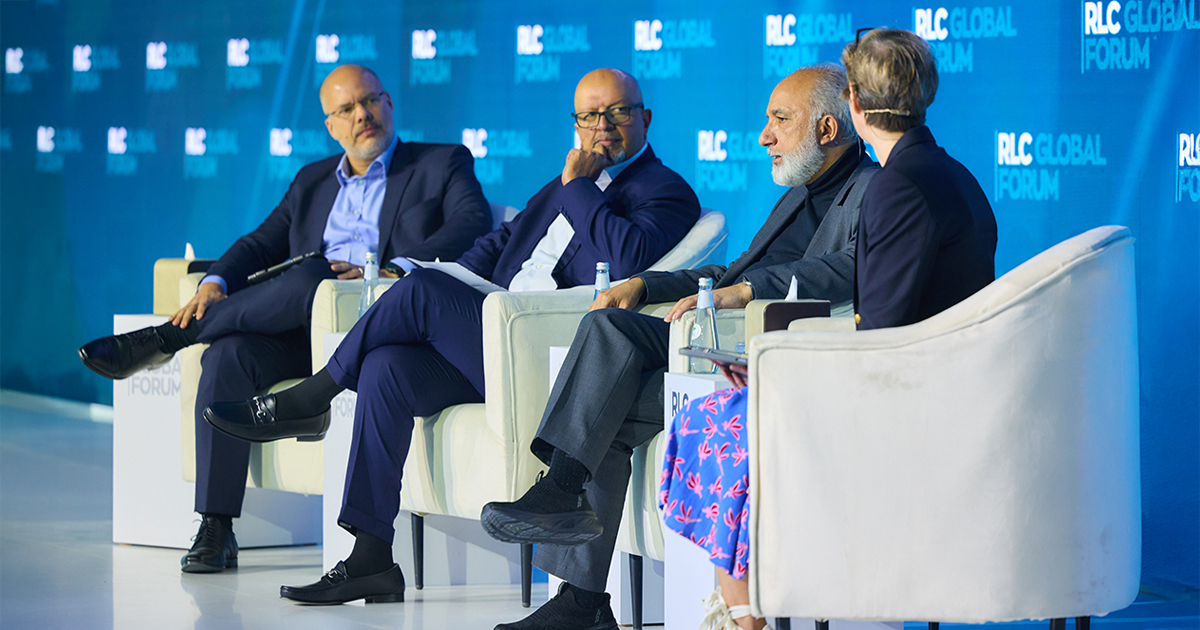In the dynamic landscape of retail real estate, integrating food and beverage (F&B) offerings beyond traditional food courts has emerged as a pivotal strategy for attracting and retaining customers. This approach aims to enrich the shopping experience by offering a diverse range of dining options that cater to the evolving tastes and preferences of consumers.
Chef Eman Fallatah, Owner of Creative Eats Studio, Rakan Aloraifi, Founder of KIT Catering, Magdelene Welch, Senior Manager, Concept Development & Advisory, Consulting KEANE and Phil Broad, SVP with Alghanim, discussed with Stefan Breg, Managing Partner-Consulting, KEANE entrepreneurship in the F&B sector, the rise of food halls as contemporary alternatives to classic food courts, and the challenges and opportunities associated with these ventures.
Entrepreneurship plays a crucial role in revitalizing retail spaces with innovative F&B concepts. Entrepreneurs are at the forefront of introducing unique culinary experiences that appeal to a broad audience, including both local and international flavors. These initiatives not only enhance the appeal of retail venues but also foster a sense of community and engagement among visitors.
Food halls have gained popularity as a modern interpretation of the food court, offering a curated selection of gourmet options and artisanal foods. Unlike traditional food courts, which typically feature fast food and chain restaurants, food halls prioritize quality, authenticity, and culinary diversity. This shift reflects a broader trend towards experiential dining, where consumers seek out spaces that provide a combination of excellent food, ambiance, and social interaction.
However, integrating F&B into retail settings is not without its challenges. Entrepreneurs and retail operators must navigate regulatory hurdles, operational complexities, and the need for continuous innovation to remain competitive. Additionally, the importance of understanding and adapting to local culture and consumer behavior to ensure the success of F&B ventures.
The potential for food halls to coexist with traditional food courts suggests that both can thrive by serving different market segments and preferences. The key to success lies in offering quality options and creating environments that encourage customers to linger, socialize, and explore.
Integrating F&B into retail environments, particularly through the concept of food halls, represents a significant opportunity to enrich the consumer experience. By fostering private business initiatives and embracing culinary diversity, retail operators can create vibrant, multi-dimensional spaces that attract a wide range of visitors.





